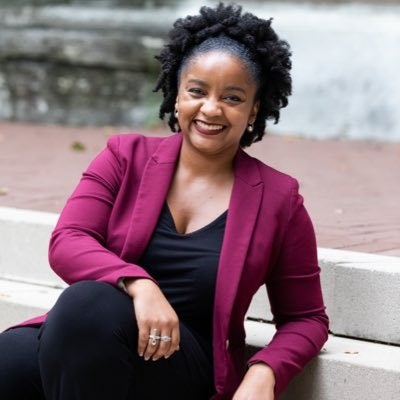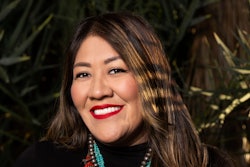Open educational resources (OER)—learning materials, such as online textbooks, with licenses that allow them to be freely used, edited, and shared—are natural tools for achieving DEI goals. OER are free, demolishing the cost barrier that prevents some underserved students from getting more traditional textbooks. But the benefits go beyond the financial. OER can be revised and expanded, allowing students to incorporate their perspectives about subjects that affect them. Students can even make sure that the images in an OER represent them by contributing their own. However, although OER and DEI are aligned, the people responsible for their implementation on campus often aren’t.
 Dr. C. Edward Watson, associate vice president for curricular and pedagogical innovation and executive director for open educational resources and digital innovation at the AAC&U
Dr. C. Edward Watson, associate vice president for curricular and pedagogical innovation and executive director for open educational resources and digital innovation at the AAC&U
The result, according to Watson, is a missed opportunity to strengthen the work in both areas, and a higher likelihood that initiatives will die out after key advocates leave. However, Watson has a potential solution. He’s the lead author of a new publication from the AAC&U that aims to be a guide for campus change agents, offering suggestions for how OER and DEI goals can be made to reinforce one another.
The report, co-published by the Institute for the Study of Knowledge Management in Education, is based on research done on the 66 colleges, universities, and state systems that were part of AAC&U’s first Institute on Open Educational Resources, which took place between 2021 and 2022. The report includes case studies from the participating institutions as well as links to resources that they found useful.
The main takeaway for schools looking for OER-DEI synergy is that partnerships are critical. Heads of OER initiatives should look to involve representatives from as many parts of campus as possible, including DEI leaders, social justice officers, instructional designers, disability services workers, institutional research officers, faculty, librarians, and students. The publication also recommends external collaborations, such as with schools that are further along in this sort of work, state or national professional development initiatives, or other organizations.
 Jasmine Roberts-Crews, a lecturer at the Ohio State University
Jasmine Roberts-Crews, a lecturer at the Ohio State University




















